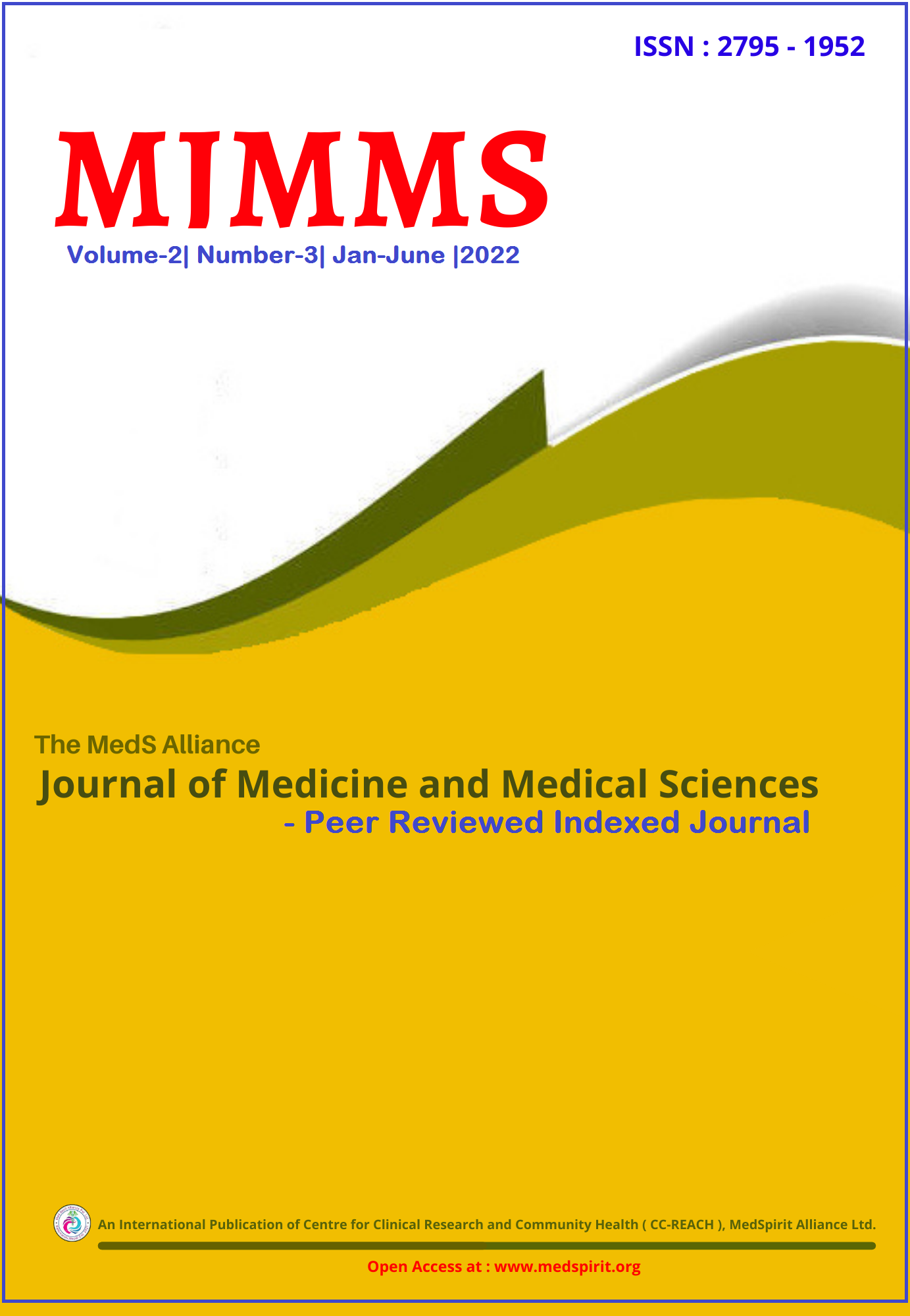Acceptability and Feasibility of Community Management of Ear Patients through Tele-otology Services in Outskirts of Kathmandu Valley, Nepal
DOI:
https://doi.org/10.3126/mjmms.v2i3.47655Keywords:
Ear diseases, early diagnosis, outreach clinics, telehealthAbstract
INTRODUCTION: Tele-otology is one of the least explored areas of telehealth in Nepal. The objective image findings and live virtual specialist consultation using synchronous data exchange can address the different barriers to basic otological care in low-resource settings like Nepal. This study was conducted to explore the acceptability and feasibility of community management of ear patients through tele-otology.
MATERIALS AND METHODS: It was a cross-sectional descriptive study conducted at a tertiary level ENT hospital in Bhaktapur and three outreach clinics of the hospital in the periphery of Kathmandu valley from 1st April to 31st May 2021. Trained community ear health workers (CEHWs) used mobile data in fields and communicated with ENT consultants at the base hospital with fiber-to-the-home internet connection for teleconsultation. The satisfaction was measured using a 5-point Likert scale.
RESULTS: This study has shown satisfactory acceptance among beneficiaries and service providers. The sound quality rating was 4.5±0.8 at field-site and 4.5±0.9 at base hospital. The video quality ratings were 4.4±0.8 and 4.0±1.1 at field-site and base hospital, respectively; this difference was statistically significant (p=0.017).
CONCLUSIONS: With trained grassroots level workers and quality internet connections, tele-otology can play a significant role in the early identification and diagnosis of ear diseases, including middle ear pathologies, as well as bridging the ear care service gap in resource constraints settings like Nepal.
Downloads
Downloads
Published
How to Cite
Issue
Section
License
Copyright (c) 2022 Luna Mathema, Rajan Shrestha, Arun Adhikari, Prasanta Poudyal, Sanjib Kumar Upadhyay, Bijay Khatri

This work is licensed under a Creative Commons Attribution-NonCommercial 4.0 International License.




